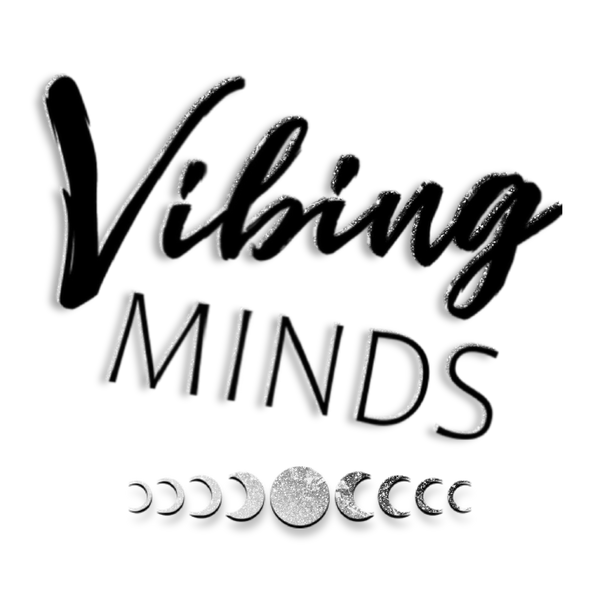Philosophy and psychology categorize emotions into two categories, basic and complex. According to this school of thought, basic emotions require little cognitive processing.
On the other hand, complex emotions entail self-reflection and self-assessment. Thus, self-conscious emotions include shame, contempt, joy, pride, and embarrassment.
Emotions are subconscious autonomous reactions in response to internal and external stimuli. They are distinct from feelings, which are subjective and drawn from conscious thoughts and expressions. You can have feelings without emotions, but you cannot have emotions without feelings.
How exactly do humans generate and express emotions?
The brain is central to emotion generation, processing, and manifestation. Scientists establish the brain's role in emotion processing and expression by analyzing its behavior using a Magnetic Resonance Imaging (MRI) machine. When stimuli trigger emotions, the affected brain region becomes activated. The target area receives ample blood supply because it needs oxygen to generate fuel for neuronal activities.
Neuroscientists have identified several brain regions responsible for 27 emotions currently recognized in neuroscience and psychology fields.
The Amygdala
The amygdala is the emotion center of the brain. It triggers several emotional responses. The almond-shaped structure works the limbic system, prefrontal cortex, and other brain regions in emotion and behavioral responses and regulation. It mediates and integrates emotions and motivation. The amygdala also interprets fear recognizes social rewards and their attainment.
The amygdala has a central role in responding to fearful and threatening stimuli. It collects internal and external sensory information, interprets, and attaches meaning to the data. When it detects danger from the sensations, it sends signals to the hypothalamus to activate the stress response.
Fear occurs anytime there is actual or perceived danger. For instance, when watching a horror movie, your body reacts in fear, although there is no real threat. The amygdala also has a role in triggering anger. It stimulates the hypothalamus to initiate the fight or flight response to external or internal anger.
When angry or scared, your blood pressure, heartbeat, and breathing increase to prepare the body for defense. The stress response stimulates the release of adrenaline and cortisol, which condition your body to produce energy.
The two biomolecules augment cardiovascular activity and respiration rate to increase oxygen intake and transportation to your muscles and brain. Your alertness, concentration, and deliberating ability heightens. Your muscles get a strength boost for fight or flight.
The Insula
The anterior insula has a significant role in emotional experience and subjective feelings. Neuroimages show the region gets activated by disgust, fear, sadness, happiness, and sexual stimuli. Insula also processes empathy and social cognition. It becomes aroused when you experience others in pain.
The right insula triggers the affective-perceptual form of empathy, while the left has the affective- perceptual and cognitive-evaluative states of empathy. In social cognition, a study showed lesions in the left insula resulted in difficulties identifying unpleasant and pleasant emotions.
Additionally, the insula has a role in decision-making judgment biases. The insula integrates internal states, visceral sensations, and conscious actions that, in turn, reinforce subjective feelings. Its viscerosensory processing and orbitofrontal cortex connection make the insula crucial in risky decision-making.
Periaqueductal Gray
The periaqueductal gray has a role in pain perception. It also has pain-inhibiting receptors which respond to morphine and oxycodone. Their action on this brain region makes pain bearable. The midbrain structure also has a role in defense and reproductive behavior, maternal attachment, and anxiety.
The Prefrontal Lobe
The prefrontal lobe has a crucial role in emotional regulation. It is essential in modulating interpersonal relationships. The structure regulates happiness, gratitude, satisfaction, anger, envy, pain, sadness. Studies show that when there are damages to this area of the brain emotion dysregulation becomes dominant.
The prefrontal lobe work with the amygdala in anger regulation. Studies show that damages in the prefrontal lobe result in increased anger and aggression.
Precuneus
The precuneus has a role in processing happiness. It works together with the limbic cortex. It is significant in memory retrieval, maintaining a sense of self, and focusing attention on the environment. For instance, the memory of spending time with a loved one brings you happiness. Similarly, when you are in an environment that reminds you of someone, you become happy.
The Hypothalamus
The hypothalamus has a significant role in emotional expression rather than generation. The lateral regions are responsible for pleasure and rage. The median part mediates aversion, displeasure, and the manifestation of positive emotions like loud and uncontrollable laughter.
The hypothalamus is also responsible for the expression of love. Romantic love begins as a stress response - that is why you experience nervousness, unsettledness, or anxiety when you are in love. Later, your emotions stimulate the release of dopamine, oxytocin, and vasopressin.
Dopamine makes you energetic and ecstatic when you are in love. It also decreases your appetite. Oxytocin and vasopressin enhance social bonding and build trust in your relationship. As you can see, the human mind is complex.
Having a deeper understanding of how the brain processes emotion helps us to be mindfully aware of why we react to things happening around us.

